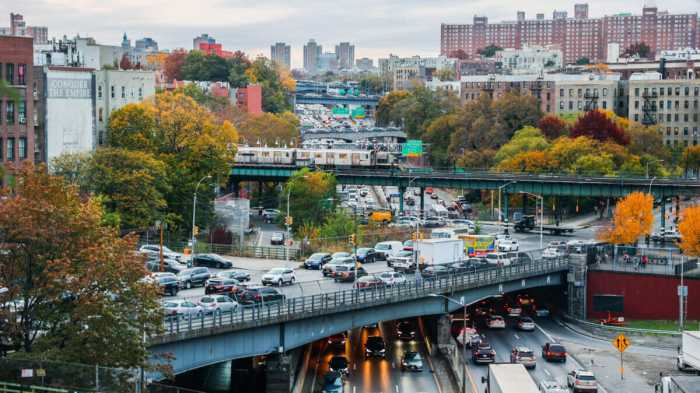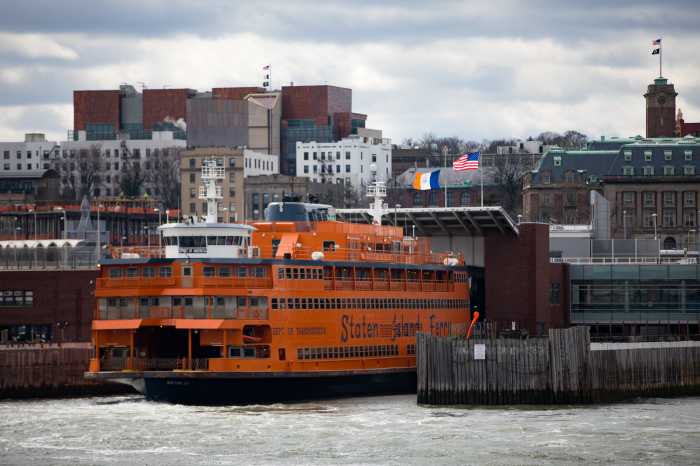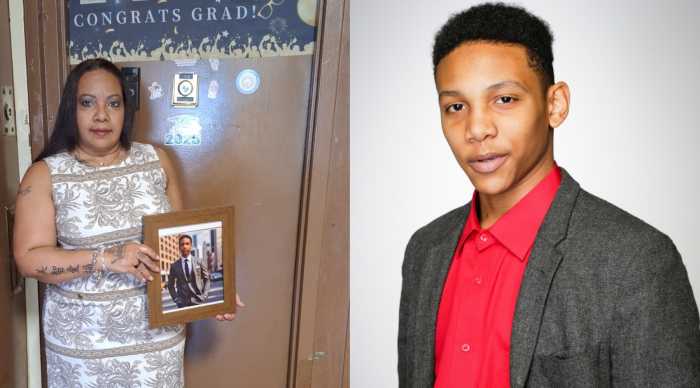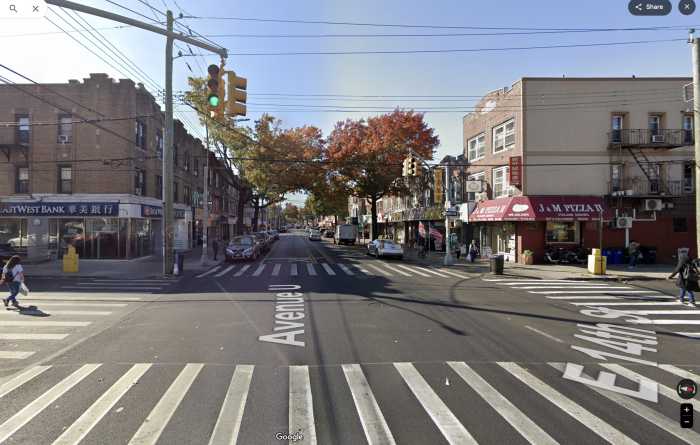
The project to upgrade the signal system on the MTA’s 7 line was finished years late and over-budget — and it turns out it wasn’t installed optimally, either.
Several delays were reported during the first week of service with the technology, known as Communications-Based Train Control, or CBTC, in full effect. NYC Transit President Andy Byford said Tuesday that he would have done the overhaul of the line’s signal system differently to avoid the use of equipment that is more likely to snarl train traffic.
“I think we learned lessons in the way that the CBTC installation has been done on line 7,” Byford said during a City Council oversight hearing of the MTA. He described the system as “overly complicated” in a way that could cause delays, and criticized the project over its reliance on electrical devices known as "track circuits" to help guide 7 trains.
“I think the fact that we have delays at the moment are indicative of the fact that there are still bugs in the software,” Byford added. “I have the contractor, [Thales], on speed dial.”
The NYC Transit president said he is planning to hire an executive to serve as a modern signaling maestro in order to make sure the signals are installed across the system in a way that ensures maximum efficiency. Rolling out the technology across the system more quickly is a key part of Byford’s still-unfunded 10-year Fast Forward plan to overhaul subway, bus and accessibility services in the city.
“The thing that’s holding us back is the signal system, because the signaling system, as it stands, is safe but it’s very constrained in the number of trains that we can run,” Byford continued, “and it’s very constrained in terms of its inherent reliability.”
Replacing the subways’ ancient signal technology with a modern, computerized equivalent has been a long-sought solution to the dreaded “signal problem” delays on the subways. But the computerized signals on both the 7 and the L lines — the only two lines where the technology is operating — have their flaws, Byford said.
On the L line, the signal system doesn’t have enough power to move as many trains as possible along the line, according to Byford. The MTA plans to boost that power during the L train shutdown.
“One of the upsides of the upcoming tunnel closure for the L line between Brooklyn and Manhattan is that we’ll be increasing the number of substations so that we can run more trains,” Byford said.





































